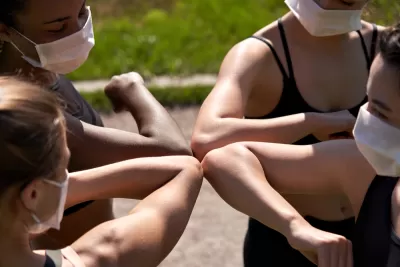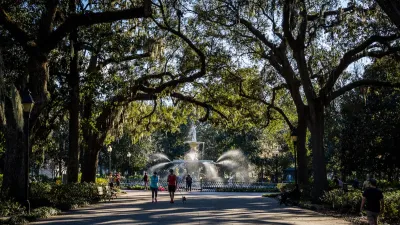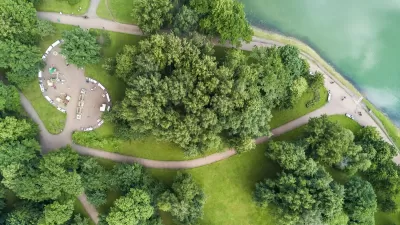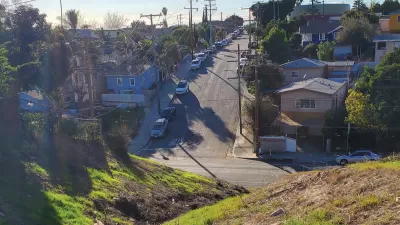A growing design movement seeks to provide parks and playgrounds that meet the unique needs of teen girls.

One size certainly does not fit all when it comes to park and playground design. In this informative article, Alexandra Lange offers insights about the unique needs of teenage girls with respect to public spaces. She points out that most parks and playgrounds tend to be designed with boys and competition in mind. So, what do teenage girls want and need? Lange summarizes the results of surveys: "they want hangout spots with cozy round tables and art or games that foster interaction, not competition. They want gyms and roller rinks and skate parks where they can try and fail without judgement or catcalls. They want to listen to music outdoors without having to pay for a festival ticket. Making space for girls means rethinking which age groups need to swing and climb, how to encourage physical activity (and not just playing a sport), and how to make a safe, sheltered place for outdoor conversation."
The article discusses a temporary playscape called "Swing Time," which included 20 hoop-shaped swings suspended from a white shade structure that would light up when in use, glowing purple with vigorous motion. Swing Time turned out to be highly popular with teen girls because it was "big enough for adolescent bodies, close enough for conversation, fun enough to appeal to a desire for thrills." To see what this unique playscape looked like and better understand the need and importance of public spaces that specifically address the needs of teen girls, be sure to check out the source article.
FULL STORY: Teen Girls Need Better Public Spaces to Hang Out

Alabama: Trump Terminates Settlements for Black Communities Harmed By Raw Sewage
Trump deemed the landmark civil rights agreement “illegal DEI and environmental justice policy.”

Planetizen Federal Action Tracker
A weekly monitor of how Trump’s orders and actions are impacting planners and planning in America.

The 120 Year Old Tiny Home Villages That Sheltered San Francisco’s Earthquake Refugees
More than a century ago, San Francisco mobilized to house thousands of residents displaced by the 1906 earthquake. Could their strategy offer a model for the present?

In Both Crashes and Crime, Public Transportation is Far Safer than Driving
Contrary to popular assumptions, public transportation has far lower crash and crime rates than automobile travel. For safer communities, improve and encourage transit travel.

Report: Zoning Reforms Should Complement Nashville’s Ambitious Transit Plan
Without reform, restrictive zoning codes will limit the impact of the city’s planned transit expansion and could exclude some of the residents who depend on transit the most.

Judge Orders Release of Frozen IRA, IIJA Funding
The decision is a victory for environmental groups who charged that freezing funds for critical infrastructure and disaster response programs caused “real and irreparable harm” to communities.
Urban Design for Planners 1: Software Tools
This six-course series explores essential urban design concepts using open source software and equips planners with the tools they need to participate fully in the urban design process.
Planning for Universal Design
Learn the tools for implementing Universal Design in planning regulations.
Clanton & Associates, Inc.
Jessamine County Fiscal Court
Institute for Housing and Urban Development Studies (IHS)
City of Grandview
Harvard GSD Executive Education
Toledo-Lucas County Plan Commissions
Salt Lake City
NYU Wagner Graduate School of Public Service





























